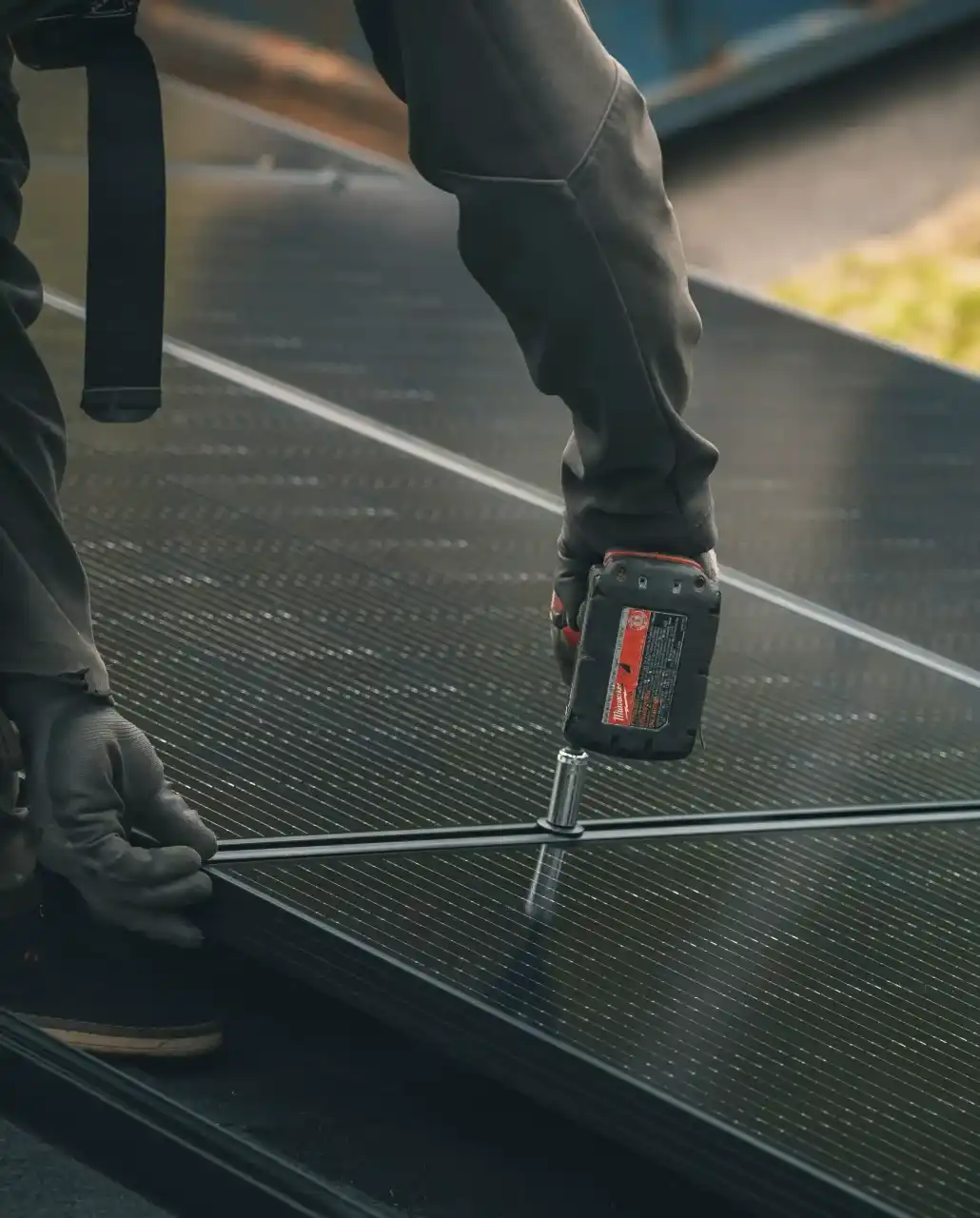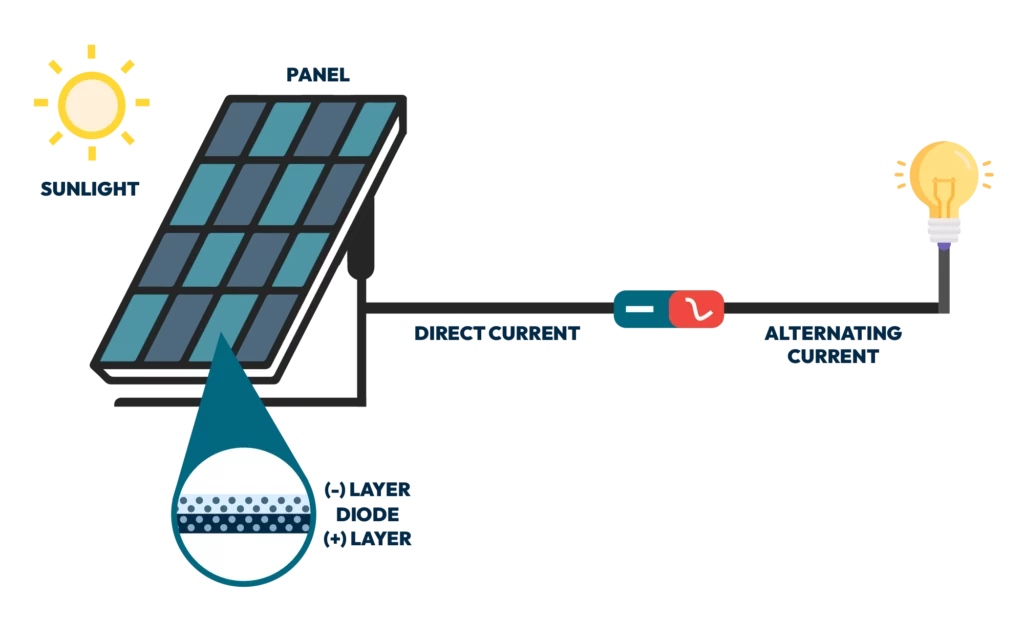Our Solar Products
Our assurance of expert craftsmanship and innovative products
We insist on the best for New England homeowners.
Golden Group Solar, located near Boston, is part of the award-winning Golden Group Roofing family. That matters. Why? Because your roof and solar PV system act as one integrated unit that protects your family and powers your home. Flawless installation requires roofing experience and solar expertise. We stand at the top of our industry in both. We top off our winning formula by choosing products that are second to none for long-lasting durability and efficiency.
When you’re replacing your roof and are considering solar power near Boston, Golden Group is the clear choice.
Get the value of industry-leading solar products.
We don’t accept second-best, and neither should our customers throughout New England. Only after extensive research do we select products that have the quality our customers deserve. The solar panels, mounting racks, and inverters we offer get our stamp of approval by assuring optimal energy production, manufacturer excellence, and long-lasting value.
Collect the sun’s energy.
Qcells is one of the world’s popular solar brands. Qcells delivers first-class performance—with color and size options for optimal design and curb appeal. The manufacturer provides a performance guarantee of 10% more energy yields than other solar products. Qcell panels feature efficiency up to a 22.5% conversion rate, a low degradation rate guaranteed to retain a minimum of 90.5% power during the 25-year warranty period, and great shade and light performance. (Forbes review)


Convert panel-generated AC power to DC power for your home.
Enphase is the world-leading, industry-standard manufacturer of microinverters, which convert DC power from the panels to AC power for the home. Unlike typical string inverters, Enphase Microinverters optimize the production from each individual solar panel, minimizing shading issues. Another advantage is the ability to locate panels on multiple sections of panels with different orientations and tilt angles. Enphase comes with an easy-to-use monitoring system to track daily production and a 25-year warranty.
IronRidge Aire™ Racking Systems
Safely support the solar array on your roof.
The IronRidge Aire Flush Mount System is the industry standard for residential solar racking. Its unique curved profile increases the system’s strength and spanning capability. It also allows for fewer roof penetrations and more cost-effective system designs. When installed with Golden Group’s solar ready roof, the racking system provides excellent structural support and a leak-free installation. The entire racking system meets the UL 2703 standard for solar racks, has a Class A fire rating, and has a 25-year warranty.

The best products, installed to perfection
More about solar photovoltaic (PV) technology
Some customers come to us with a strong knowledge of solar photovoltaic technology. Others are new to solar energy. Here are the basics of a solar PV system. Call us at any of our four offices and we’ll be happy to share more about how solar power works—and how you can benefit.

How does photovoltaic (PV) technology work?
PV cells in solar panels absorb energy from sunlight, creating electrical charges that move in response to an internal electrical field in the cell, causing electricity to flow.
What is a PV cell?
Individual PV cells consist of thin semiconductor materials sandwiched between glass and/or plastic for long-term protection against wind, rain, and hail. Each cell typically produces about one or two watts of power.
What is a PV panel?
To boost power, PV cells are connected together to form PV modules or panels. Connected panels, called arrays, are connected to the electrical grid as part of a complete PV system.
What is a PV system?
Solar photovoltaic modules generate the energy with the support of other components, including a mounting structure that points panels to the sun and an inverter that converts direct-current (DC) energy produced by the panels to alternating current (electricity) used in the home. Some systems include batteries that can store energy for nighttime use or when weather prevents sunlight from reaching the panels.
What is net metering?
Homeowners can use net-metering as a billing mechanism. When their solar PV system is producing more energy than the home is using, the excess goes to the grid to serve nearby customer loads. A meter tracks this excess energy and credits it against the electricity the grid sends when the PV system is generating less electricity than the home is using. The homeowner is charged only for the net amount.

